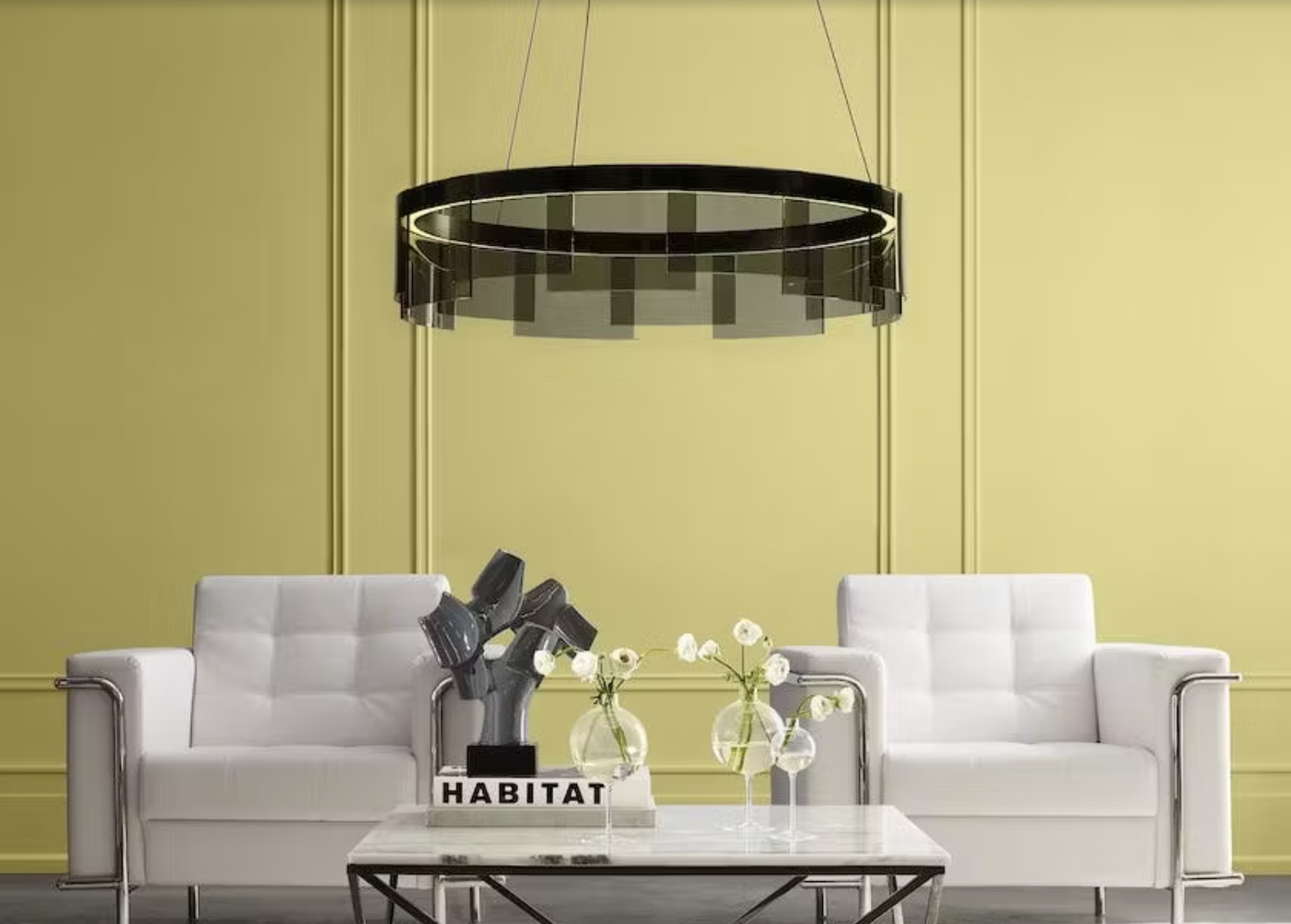How to Select Interior Paint Colors
An Easy Guide to Choosing Color for Your Home
Photo: Custom Builder Online / Sherwin Williams
Choosing the right interior paint colors for your home can feel like an overwhelming task - there are literally thousands of shades, endless combinations, and the added pressure of wanting everything to look just right.
But with a few key principles in mind, you can approach the process with confidence and create a space that reflects your personal style while enhancing the comfort and functionality of your home.
1. Start with a Mood, Not a Color
Before diving into swatches, consider the feeling you want each room to evoke. Do you want your bedroom to feel calm and restful? Your kitchen to feel bright and energizing? Your living room to feel cozy and welcoming?
Here’s a quick cheat sheet:
Calm & Serene – Soft blues, pale greens, warm neutrals
Bright & Airy – Whites, light grays, pastels
Cozy & Warm – Deep greens, terracottas, muted browns
Bold & Dramatic – Navy, charcoal, jewel tones
2. Consider Lighting Conditions
Natural and artificial light dramatically affect how paint colors appear. A soft beige may look creamy in natural sunlight but turn yellow under warm artificial lighting. Always test samples on your wall and observe them at different times of the day.
North-facing rooms tend to be cooler—opt for warm hues to balance the light.
South-facing rooms are sunlit—most colors look good, but pay attention to intensity.
East- and west-facing rooms change throughout the day—test colors in both morning and evening light.
3. Use the 60-30-10 Rule
This interior design principle helps maintain balance:
60% of the room should be the main color (walls).
30% should be a secondary color (upholstery, furniture).
10% should be an accent color (accessories, art, pillows).
This rule keeps your space from feeling chaotic while still allowing for creativity and contrast.
4. Coordinate with Existing Elements
Look at the undertones in your flooring, countertops, cabinets, and large furniture. A gray with blue undertones might clash with warm oak floors. Choosing complementary or harmonizing tones helps the entire room feel cohesive.
5. Test Before You Commit
Never skip the sample phase. Paint a 2’x2’ square on different walls of the room and live with it for a few days. Watch how it shifts in daylight, artificial light, and shadow.
Pro tip: Don’t paint on a white wall—it can distort perception. Paint a white border around your sample to get a truer sense of the color.
6. Stay True to Your Style—but Take a Risk
Stick with tones you naturally gravitate toward, but don’t be afraid to go bold in smaller spaces like powder rooms, accent walls, or home offices. A deep emerald green or a moody navy can add character and depth in ways that lighter colors cannot.
7. Choose a Cohesive Color Flow
When selecting colors for multiple rooms, aim for a palette that flows seamlessly from space to space. This doesn’t mean every room needs to be the same color, but colors should harmonize well when viewed from adjacent rooms.
Final Thoughts
Selecting interior paint colors is as much about how you want to feel in a space as how you want it to look. Take your time, test your choices, and remember that paint is one of the easiest (and most affordable) ways to transform your home. When in doubt, consult a color expert—or a professional painter—who can help bring your vision to life with precision and polish.
Need help choosing the right palette for your NYC home? Our premium interior painting team offers personalized color consultations to help you get it just right. Contact us to get started.

